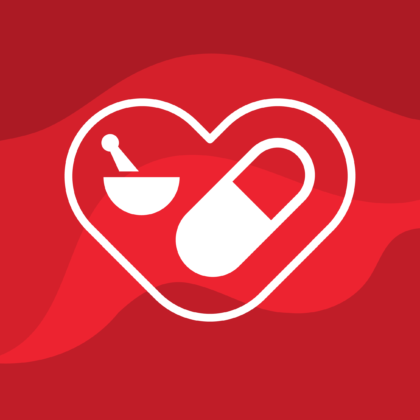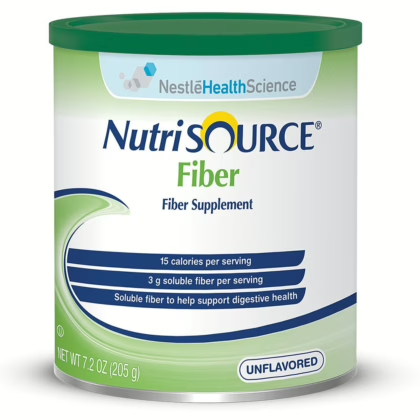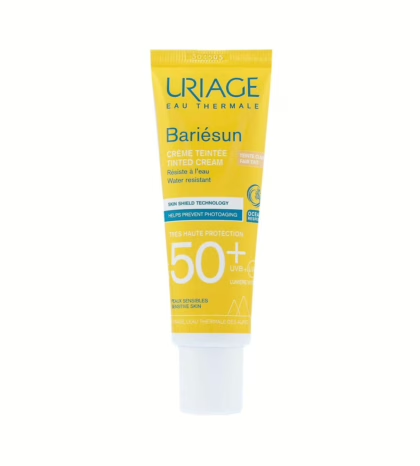Sore throat is one of the most common winter complaints, causing pain, itching, or irritation in the throat, although it usually worsens when swallowing. After about a week, it generally goes away on its own.
Symptoms vary depending on the cause, but may include the following signs and symptoms:
- Pain or itching in the throat
- Sore throat when swallowing or talking
- Difficulty swallowing
- Tonsil swelling and redness
- A hoarse or muffled voice
The infection may also cause other signs and symptoms, such as:
- Fever
- cough
- Runny nose
- sneezing
- body aches
- Headache
- Nausea or vomiting
Sore throat causes
Viruses are the most common cause of sore throats, although it can sometimes be caused by bacteria or other things.
Viral infection include:
- Cold
- Influenza (flu)
- Measles
- COVID-19
Bacterial infection
A sore throat can be caused by a variety of bacteria. It can be caused by bacteria, such as streptococcus bacterium, which is the most common cause of strep throat.
Other reasons include
- Allergies.
- Dry throat.
- Irritants, such as spicy meals, can also induce throat irritation.
- Air pollution for example, cigarette smoke may cause a chronic sore throat.
- GERD.
Home remedies for sore throat
You can follow these tips to help relieve a sore throat and reduce the duration of the infection:
- Drink plenty of water.
- Eat soft foods such as jelly and yoghurt
- Avoid smoking or second-hand smoking
- Rest
- Gargling with warm salty water – not recommended for children – by:
- In a cup of warm water, dissolve half a teaspoon of salt.
- Gargle with the solution and spit it out, but do not swallow it.
Treatment
There is no treatment for the viral one, but your pharmacist can assist reduce symptoms by recommending medicines contain paracetamol or ibuprofen or lozenges with a local anesthetic, antiseptic, or anti-inflammatory.
When do you consult a doctor?
If you have a sore throat and any of the following symptoms, see your doctor:
- A strong sore throat that lasts more than a week
- Difficulty swallowing
- Breathing difficulties
- Difficulty opening your mouth
- Joint pain
- Ear pain
- Rash
- Your temperature is higher than 38°C
- The presence of blood in your saliva or phlegm
- Frequently recurring sore throat
- A neck lump
- Hoarseness lasting more than two weeks
- Swelling in your neck or face
While you will need to see a doctor immediately if your child has severe signs and symptoms such as:
- Breathing difficulties
- Difficulty swallowing
- Unusual drooling, which might indicate a swallowing problem
Prevention
Follow these tips and educate your kids to do the same:
- Wash your hands for at least 20 seconds, especially after using the toilet, before and after eating, and after sneezing or coughing.
- Avoid touching your face.
- Avoid sharing food, drinking glasses, or plates.
- Use alcohol-based hand sanitizers as an alternative to washing hands when soap and water are not available.











